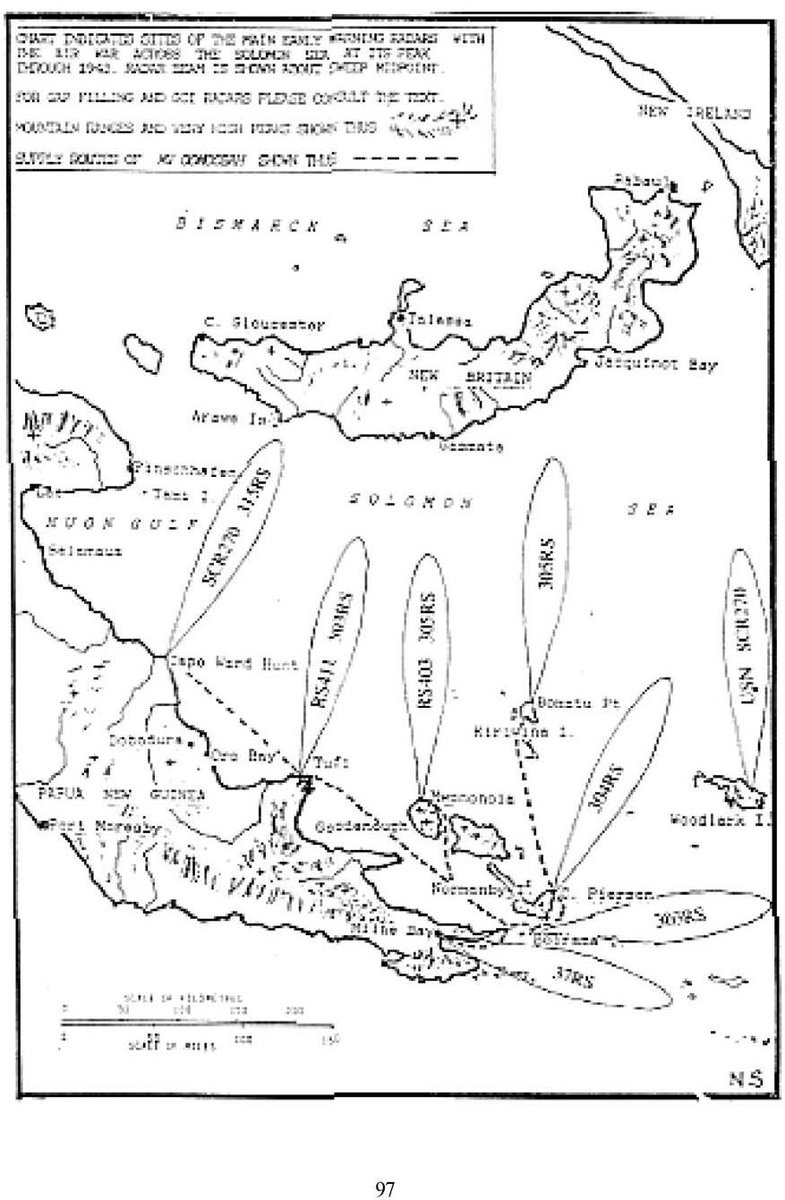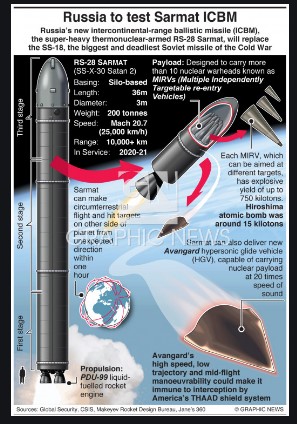
@James1940
@Alan_Allport
@JonathanBoff
@AdrianGregory20
@HGWDavie
@mark4harrison
@ProfGSheffield
1/ This thread is addressing why invading Italy was Strategically & Operationally necessary for the Allies in WW2.
@Alan_Allport
@JonathanBoff
@AdrianGregory20
@HGWDavie
@mark4harrison
@ProfGSheffield
1/ This thread is addressing why invading Italy was Strategically & Operationally necessary for the Allies in WW2.
2/If you are going to look at the latest historical research Battle of Sicily, you have to start with Dr. Gregory Hospodor lecture here:
Bitter Victory? The Allied Campaign for Sicily Revisited

Bitter Victory? The Allied Campaign for Sicily Revisited

3/And this for the Italian land campaign.
Cirillo makes clear Southern Italian air bases were gold for the strategic bombing campaign.
The Ground War in Italy (2014)
Col. Roger Cirillo

Cirillo makes clear Southern Italian air bases were gold for the strategic bombing campaign.
The Ground War in Italy (2014)
Col. Roger Cirillo

4/My view is that there were three strategic objective achieved and that the operational and tactical experience that Sicily and Italy provided was vital to the success of Overlord's air and sea forces. 



5/The first strategic goal achieved was removing the Italian Fleet from the Axis gameboard. This allowed the Allied capital & major fleet units in the Mediterranean to deploy elsewhere.
The drawing is a Luftwaffe Fritz-X guided bomb about to destroy Roma.
The drawing is a Luftwaffe Fritz-X guided bomb about to destroy Roma.

6/ Second, it removed the Italian Army from the Axis O.B. This stopped the German Kursk Offensive dead.
And it left the German Army at a decisive numerical disadvantage in the East as it scrambled to fill the void in the Balkans.
70K(+) Italians died in that "disarmament."
And it left the German Army at a decisive numerical disadvantage in the East as it scrambled to fill the void in the Balkans.
70K(+) Italians died in that "disarmament."

7/Three, it secured the Allied SLOC through the occupation of ground the Luftwaffe Mediterranean radar network was stationed upon. The conquest of Sicily & S. Italy saw the Germans evacuate Corsica and Sardinia w/o a fight.
Those site in Allied hands made the Med an Allied lake
Those site in Allied hands made the Med an Allied lake

8/ The effective increase in Allied shipping capacity via shortening the Cape of Good Hope route to Suez to Gibraltar was worth 100's of hulls and a million tons of merchant shipping. All just in time for the Jan-May 1944 Overlord build up. 

9/ The operational and tactical experience of Sicily and Italy were absolutely vital for developing the C3I necessary to control thousands of warplanes in a small air space.
See: Fighter control and aircraft warning in amphibious operations. January 1945
cgsc.contentdm.oclc.org/digital/collec…
See: Fighter control and aircraft warning in amphibious operations. January 1945
cgsc.contentdm.oclc.org/digital/collec…

10/ And in particular I am referring to avoiding a repeat of the 9/10 July 1943 shoot down of 23 American C-47s and C-53 troop transports at Gela.
See:
Aircraft warning and control employed in the European Theater in tactical air operations. May 1944
cgsc.contentdm.oclc.org/digital/collec…

See:
Aircraft warning and control employed in the European Theater in tactical air operations. May 1944
cgsc.contentdm.oclc.org/digital/collec…


11/The lessons learned by R.N. FDT's in the Husky, Salerno and Anzio landings in controlling land based airpower in a shore-to-shore amphibious landing were vital for Overlord.
I wrote about it here: How Allied Planes Got Their D-Day Invasion Stripes...
chicagoboyz.net/archives/59917…



I wrote about it here: How Allied Planes Got Their D-Day Invasion Stripes...
chicagoboyz.net/archives/59917…




12/ The development of successful communications between 11th Ftr Group HQ at Uxbridge, the forward control ship USS Ancon and landing parties, achieved using high angle skywave H/F radio, was important in this. 







13/ Dr. Harold Beverage was one of Sec of War Stimson's "Special consultants" -- think a cross between DARPA and Andrew Marshall's Office of Net Assessment in the DoD.
He was brought in to extend the Allied IADS umbrella over Normandy at night to stop German Fritz-X & Hs 293.



He was brought in to extend the Allied IADS umbrella over Normandy at night to stop German Fritz-X & Hs 293.




14/ The air battles off Salerno and Anzio with German Fritz-X & Hs 293 carrying bombers saw the Luftwaffe move to dusk to early night time bombing to counter Allied day fighters.
The Overlord plans countered with Ngt Ftrs & ground control intercept (GCI) radar coverage.
The Overlord plans countered with Ngt Ftrs & ground control intercept (GCI) radar coverage.

15/ Even leaving aside the C3I lessons, air bases in Foggia were utterly essential for the strategic bomber campaign's offensive on oil at Ploesti. 

16/ The bases at Foggia allowed fighter escorted 15th AF B-24's to strike Ploesti by day while RAF 205 Group mined the River Danube.
FIFTEENTH AIR FORCE RAIDS PLOIESTI OIL FIELDS AIR SEIGE 3445
FIFTEENTH AIR FORCE RAIDS PLOIESTI OIL FIELDS AIR SEIGE 3445
End/ You can argue that the middle & upper Italian land campaign was wasteful.
You simply cannot say that the invasion of Southern Italy from Sicily was.
The Sicilian and Italian campaigns were simply too vital to the development of air-sea forces that made D-Day a success.
You simply cannot say that the invasion of Southern Italy from Sicily was.
The Sicilian and Italian campaigns were simply too vital to the development of air-sea forces that made D-Day a success.
@threadreaderapp unroll
• • •
Missing some Tweet in this thread? You can try to
force a refresh




















